Planetary Science
-
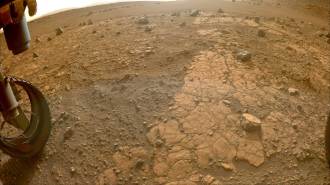 Planetary Science
Planetary ScienceNASA’s Perseverance rover captured the sound of a dust devil on Mars
A whirlwind swept over Perseverance while its microphone was on, capturing the sound of dust grains hitting the mic or the NASA rover’s chassis.
By Sid Perkins -
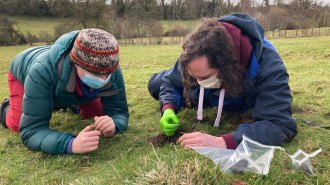 Planetary Science
Planetary ScienceThe pristine Winchcombe meteorite suggests that Earth’s water came from asteroids
Other meteorites have been recovered after being tracked from space to the ground, but never so quickly as the Winchcombe meteorite.
-
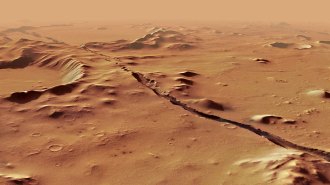 Planetary Science
Planetary ScienceMarsquakes hint that the planet might be volcanically active after all
Seismic data recorded by NASA’s InSight lander suggest molten rock moves tens of kilometers below the planet’s fractured Cerberus Fossae region.
-
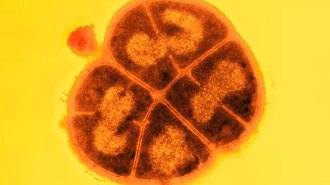 Microbes
MicrobesAncient bacteria could persist beneath Mars’ surface
Radiation-tolerant microbes might be able to survive beneath Mars’ surface for hundreds of millions of years, a new study suggests.
By Sid Perkins -
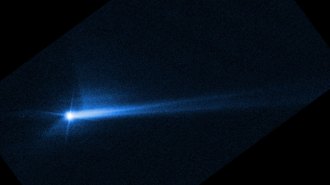 Planetary Science
Planetary ScienceNASA’s DART mission successfully shoved an asteroid
Data obtained since the spacecraft intentionally crashed into an asteroid show that the impact altered the space rock’s orbit even more than intended.
-
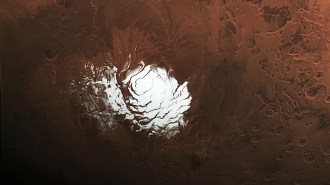 Planetary Science
Planetary ScienceMars’ buried ‘lake’ might just be layers of ice and rock
Evidence grows that possible detections of liquid water buried near Mars’ south pole might not hold water.
-
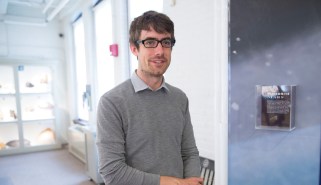 Planetary Science
Planetary ScienceRobin Wordsworth re-creates the atmosphere of ancient Mars
Robin Wordsworth studies the climates of Mars and other alien worlds to find out whether they could support life.
By Nikk Ogasa -
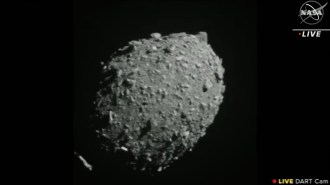 Planetary Science
Planetary ScienceNASA’s DART spacecraft just smashed into an asteroid — on purpose
If the first-ever attempt to knock a space rock off course works, it could provide a blueprint to protect Earth from a killer asteroid.
-
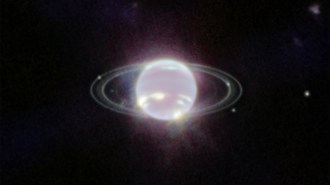 Planetary Science
Planetary ScienceHere is the first direct look at Neptune’s rings in more than 30 years
In 1989, the Voyager 2 spacecraft took the first pics of Neptune’s rings. Now, NASA’s James Webb Space Telescope is providing a more detailed look.
-
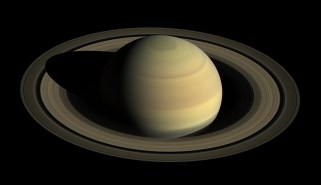 Planetary Science
Planetary ScienceSaturn’s rings and tilt might have come from one missing moon
The hypothetical moon, dubbed Chrysalis, could have helped tip the planet over before getting shredded to form the rings, researchers suggest.
-
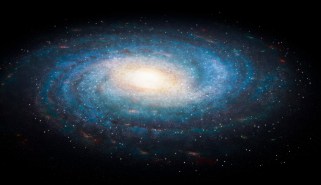 Planetary Science
Planetary SciencePassing through the Milky Way’s arms may have helped form Earth’s solid ground
Barrages of comets stirred up by the early solar system’s journey around the center of the galaxy could explain the timing of ancient rock formation.
-
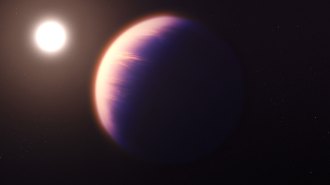 Astronomy
AstronomyThe James Webb telescope spotted CO2 in an exoplanet’s atmosphere
The first definitive detection of the gas on a world in another solar system paves the way for detections in planets that are more Earthlike.